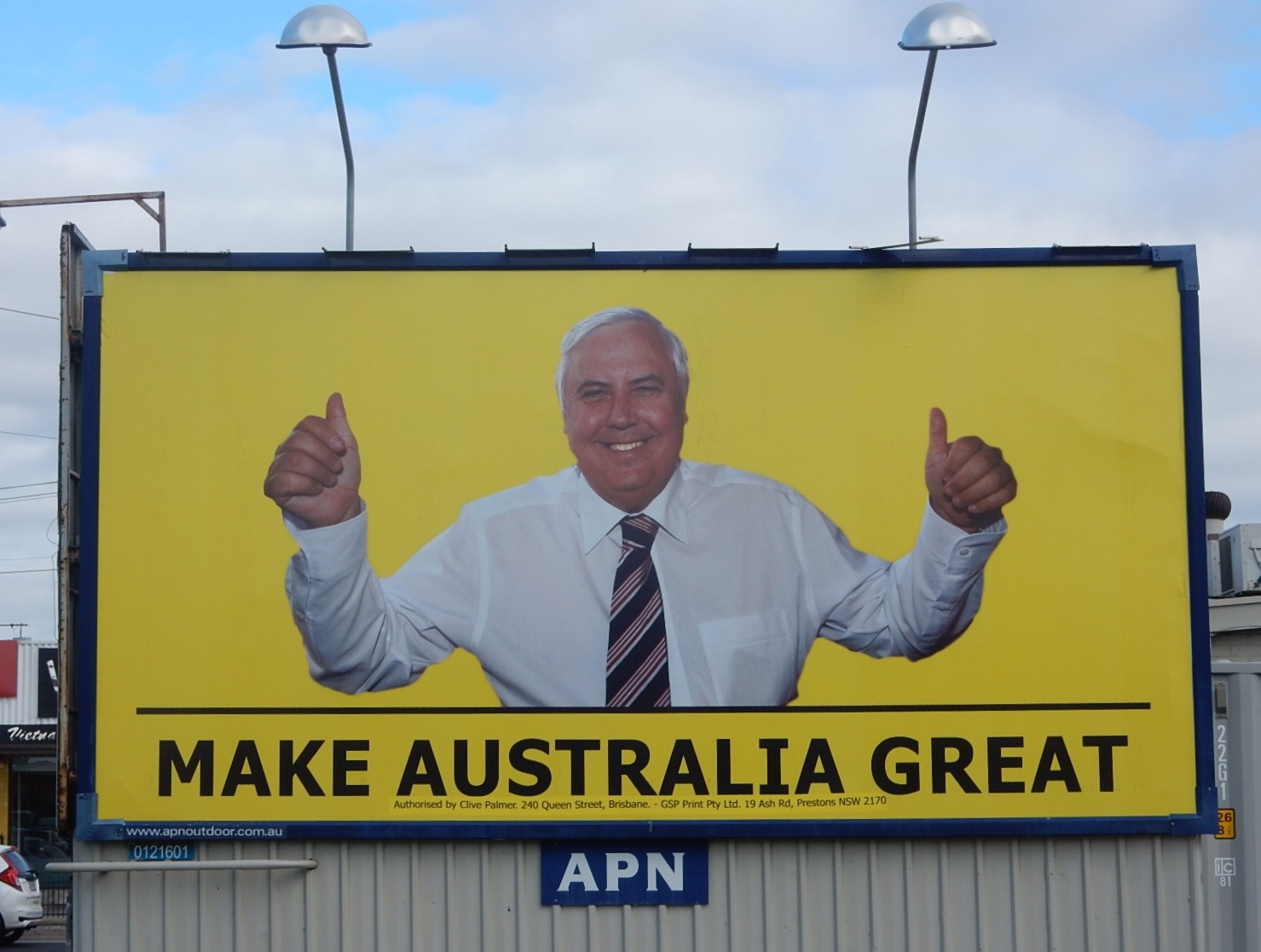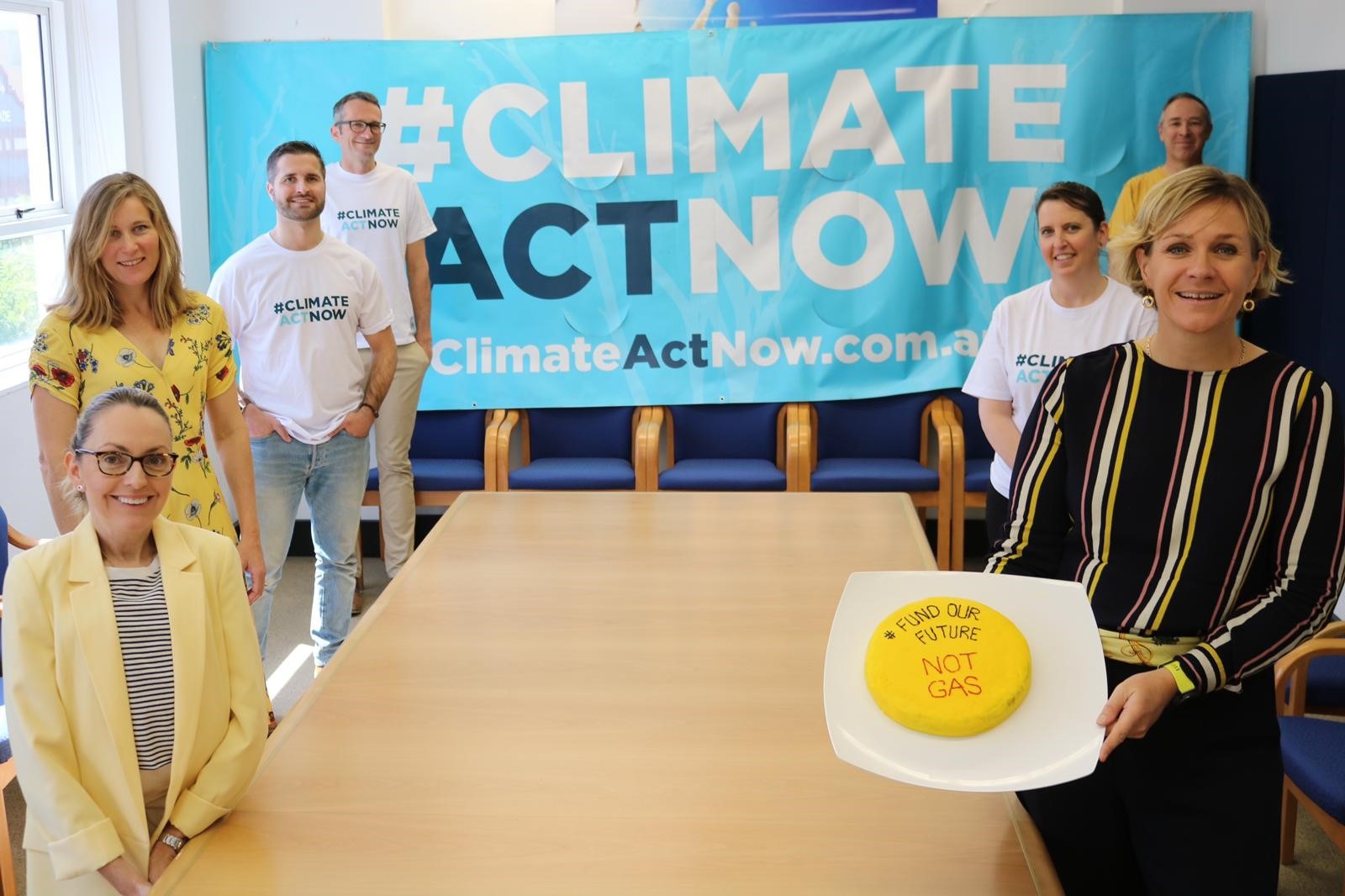The Aussie Way of Democracy

By Cassidy Warner
Staff Writer
30/6/2022

The past few years have seen backsliding in many established democracies. In 2017, following the election of former president Donald Trump, the Economist Intelligence Unit downgraded the US from a “full democracy” to a “flawed democracy,” citing falling public confidence in the government, and the country’s rating hasn’t recovered since. Trump himself would repeatedly abuse his power during his presidency, culminating in his encouraging a mob to storm the US Capitol on January 6 and threaten the peaceful transition of power after he lost the 2020 election. Greece, the cradle of democracy, has seen the rise of far-right neo-Nazi groups. And, despite losing the French presidential election this April, far-right candidate Marine Le Pen went from being fringe to mainstream, winning an unprecedented 41.5% of the vote, a worrying portent for future elections.
There were worries that Australia would follow this trend in the federal elections last month. Clive Palmer, an anti-vax mining billionaire, was threatening to become Australia’s version of Donald Trump and upend the political establishment. Australian political transparency was at an all-time low as politicians turned to Australia’s strict defamation laws to silence critics, journalists, and even YouTube comedians. Perceptions of corruption were at an all-time high, with Australia dropping 12 points (out of 100) on the Transparency Corruptions Perception Index over the last decade of Liberal Party governance. (The Australian Liberal Party is actually a conservative, right-wing party). Political satisfaction was at its lowest level since the 1970s.

Poster promoting Clive Palmer (Picture Credit: Michael Coghlan)
The driving forces of democratic backsliding were all there, with attacks on Australian democracy coming from both inside and outside the establishment, but the result of the 2022 Australian federal election was a resounding rebuke to each and every one of those forces. The Australian populace voted to revitalize their democracy, ejecting the right-wing (arguably) populist prime minister, Scott Morrison, and his party, ignoring autocratic hopefuls, and assigning their votes in a way that clearly signaled where the party had gone wrong. In the past few years, the Liberal Party has tipped too right in a mostly centrist country. Rather than responding to the fact that Australians across the political spectrum want greater action on climate change after record-breaking bushfires and floods, the Liberal government stuck to its right-wing populist playbook and deflected attention to issues like identity politics and immigration. Morrison rejected demands for greater transparency, labeling calls for a federal integrity and anti-corruption commission “dangerous” and suggesting that they would only hamper politicians’ ability to do their jobs. In the election last month, voters punished the Liberal Party accordingly, whittling its seats in Parliament down from 67 (out of 151) to 48, and ousting it from government.
But the triumph of democracy was not so much in the toppling of the Liberal Party, but in the elevation of moderate independent and minor party candidates. Usually, Australian elections are dominated by the two major parties – Liberal and Labor – but the 2022 election saw more than half of the election’s swing seats taken up by moderate independents and minor parties. In particular, 6 of the safest Liberal seats were taken by female, independent “Teal” candidates who ran with policies just like the Liberals’ – only without the climate change denial or resistance to anti-corruption oversight. (They’re called Teals because Liberal “blue” values + “green” climate policies = teal). Since Liberal Party candidates didn’t respond to voters’ demands, they elected candidates who did.

Teal independent Zali Steggall (holding the cake) (Picture Credit: School Strike 4 Climate)
Additionally, the largest minor party, the Greens, secured 4 seats in the House of Representatives and a record-breaking 12 seats (out of 76) in the Senate, sending a clear message to the major parties that climate change needs to be on their agenda. The change to the Senate has been so significant that the crossbench now makes up a whopping 23.6% of the upper house, an enormous shift for a system that has primarily operated as a two-party system since the 1940s. The lower house, too, now has more than 10% of its members unaligned with the major parties, an enormous jump from an average of around 3% since 1990.
It would be premature to say that Australia has shed its two-party system entirely, but the increase in support for minor parties and independents has changed the playing field, and is a wake-up call to the two major parties to pay more attention to the will of the people. Significantly, it also indicates a depolarization of Australian politics as more candidates emerge from the center. Not only has the center held, it has grown.
Not only has the center held, it has grown.
Interestingly, the far-right wing of Australian politics (the sort of ground the Liberal Party was starting to tread), fared even worse than the Liberals. Despite spending 100 times more on advertising than the major parties, Clive Palmer’s United Australia Party lost the only seat it held, and gained only 1 new seat (in the Senate.) Unable to capitalize on anger over lockdowns and housing shortages, Palmer, in true Trumpian fashion, has persisted with unsubstantiated claims of “electoral fraud” that have largely been mocked or ignored. Similarly, the One Nation Party, Australia’s other far-right party, which has been operating since the late 90s, failed yet again to secure a seat in the lower house and the party’s founder, Pauline Hanson, only just managed to hang onto her Senate seat. Unlike other established democracies where far-right parties have made significant inroads into mainstream politics, Australian far-right parties secured only 5 out of 76 seats in the Senate, and none at all in the House of Representatives.
So, what can other democracies learn from the resilience of Australian democracy?
On election day, polling places in Australia combine the act of voting with community barbecue fundraisers, selling sausages for charity, or sometimes even giving them away for free as a thank you for voting – regardless of who you voted for. There are even independently-run websites like democracysausage.org which partner with the Australian Electoral Commission to track the availability of sausage sizzles and their contents (halal inclusivity, for instance) to make participating in this community-building event easier for all Australians. At a time when global politics are increasingly polarized, democracy sausages bring communities together, rewarding people for doing their civic duty, but also reminding them that life is about more than just this election and its result.

Volunteers at an Aussie election day community sausage sizzle
Then there’s the fact that Australia is a nanny-state. This government overreach certainly has disadvantages too, but the fact that people expect their government to provide them with everything from the cradle to the grave has also led to a healthy amount of trust in government advice and institutions. According to the 2021 Edelman Trust Barometer, Australia has been an outlier in the developed world during the pandemic as public trust in the government has remained high, actually increasing by 12 points. As a result, Australians are exceedingly unlikely to resort to political violence even when their preferred candidates don’t win; they are unlikely to believe that their elections have been rigged; and a movement that wants to overthrow the system finds little support here. Political dissatisfaction is still expressed within the system – like in the election of Teal candidates, who, while outside the two major parties, were elected to clean up the political system, not dismantle it entirely.
Australian democracy faces significant challenges, but the 2022 federal election showed that voters are as engaged as ever, and, overall, the results were a convincing win for moderation. The 2022 election showed that integrity in politics was of the utmost importance to Australians – but the previous government promised to create a federal integrity commission and then broke that promise, and there is no guarantee that the new Labor government will keep theirs. A second failure to clean up politics would undermine Australians’ trust in their democracy.
The 2022 federal election showed that voters are as engaged as ever, and, overall, the results were a convincing win for moderation.
The new government is already off to a bad start, having just this week announced that it is cutting staffing allocations for the recently expanded crossbench of independent and minor party parliamentarians, limiting their resources in what the Senate crossbench has aptly called “a direct attack on democracy.” Similarly, despite voters indicating that climate change is a priority for them, Labor’s targets still remain too soft for many people, as evidenced by recent protests in Sydney.
Ultimately, no democratic system will be perfect, and no policies will please everyone, but the 2022 election showed that ordinary Australians won’t tolerate corruption or unresponsive government. The 2022 election sent a clear message: Australians are watching their leaders closely, and will hold them to account. And if they don’t pass muster, Australians will be out again in three years’ time to vote them out – and collect their sausages.
